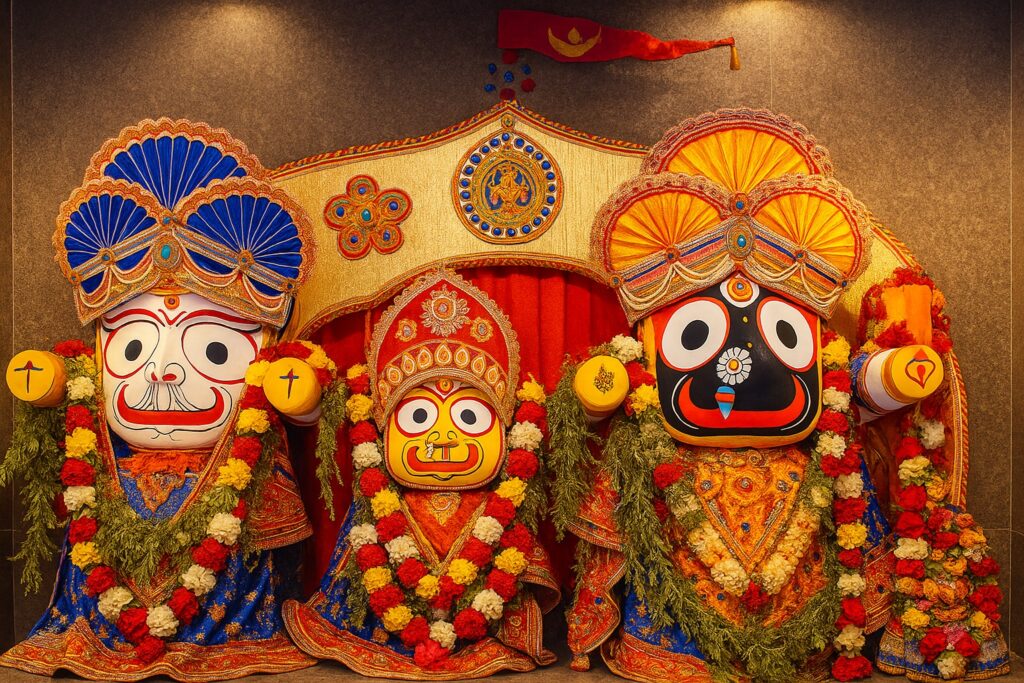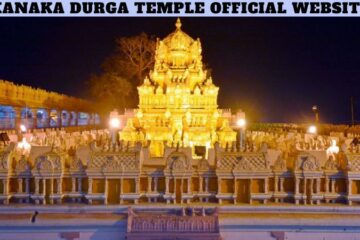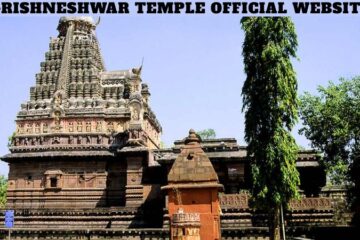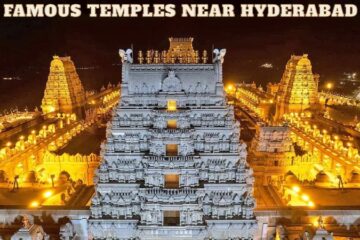
Table of Contents
The Jagannath Rath Yatra 2025, one of the grandest and most sacred festivals in India, is being celebrated today with immense fervor and devotion. Held annually in Puri, Odisha, this awe-inspiring procession of the three colossal chariots of Lord Jagannath, Lord Balabhadra, and Devi Subhadra draws millions of pilgrims and global tourists alike. But what truly enhances the uniqueness of this yatra are the three ropes used to pull the divine chariots, each bearing a special name and significance. Let us delve deeper into the spiritual grandeur and historical majesty of this magnificent festival.
What is the Jagannath Rath Yatra?
The Jagannath Rath Yatra is a Hindu chariot festival held every year in the month of Ashadha (June–July). The term “Rath Yatra” translates to “chariot journey,” and it involves the ceremonial procession of the three deities – Lord Jagannath (a form of Lord Krishna), his elder brother Balabhadra, and their sister Subhadra – from the Jagannath Temple to the Gundicha Temple, situated around 3 kilometers away.
This journey symbolizes Lord Jagannath’s visit to his birthplace, along with his siblings. After a nine-day stay at Gundicha Temple, the deities return in another grand procession called Bahuda Yatra.
The Three Grand Chariots: Architectural Marvels on Wheels
The construction of the chariots is an art in itself. Every year, new chariots are built using sacred wood, following centuries-old traditions.
-
Nandighosha (Jagannath’s Chariot): This is the tallest at around 45 feet and has 16 wheels. The chariot is adorned in red and yellow cloth.
-
Taladhwaja (Balabhadra’s Chariot): This chariot stands 44 feet tall with 14 wheels and is covered in red and green fabric.
-
Darpadalana (Subhadra’s Chariot): Slightly smaller, at 43 feet, it has 12 wheels and is draped in red and black cloth.
Each chariot is a mobile temple and is built anew every year by a group of hereditary carpenters, known as Maharana Sevayats.
The Sacred Ropes and Their Special Names
One of the most awe-inspiring moments of the Rath Yatra is when devotees pull the gigantic chariots using massive ropes, an act considered supremely auspicious.
Here are the special names of the ropes:
-
Shankhachuda Naguni (for Lord Jagannath’s Chariot – Nandighosha): This rope is attached to the front part of the chariot and symbolizes the snake of eternity, linking devotees directly to the divine.
-
Vasuki Naga (for Lord Balabhadra’s Chariot – Taladhwaja): Named after the celestial serpent Vasuki, it represents cosmic strength and protective energy.
-
Swarnachuda (for Devi Subhadra’s Chariot – Darpadalana): This golden-named rope reflects purity, compassion, and divine grace.
Pulling these ropes is considered to be a path to moksha (liberation), and every devotee longs to get a chance to hold even a fraction of it during the procession.
Spiritual and Symbolic Significance of the Yatra
The Jagannath Rath Yatra is not just a festival but a metaphysical journey of the soul. The deities leaving the sanctum to mingle with their devotees symbolize God’s descent to the material world to uplift humanity. The chariots represent the human body, and the journey signifies the soul’s journey toward self-realization.
Even non-Hindus and foreigners are allowed to pull the chariots, reinforcing the universal message of inclusion and divine accessibility.
Unique Rituals and Highlights of Jagannath Rath Yatra 2025
Pahandi Bije
This is the ritualistic transfer of the deities from the sanctum of the Jagannath Temple to their respective chariots. The deities sway rhythmically in a slow, deliberate manner, accompanied by chanting, conch blowing, cymbals, and drums.
Chhera Pahanra
This is the ceremonial sweeping of the chariot floor by the Gajapati King of Puri, the highest servitor of Lord Jagannath. He cleans the chariots with a golden broom, symbolizing that even the mightiest ruler is a humble servant of God.
Gundicha Temple Stay
Once the chariots reach Gundicha Temple, the deities stay for nine days, receiving special offerings and rituals. It is said that Gundicha represents the Queen Aunt’s home, making it a homely and affectionate visit.
Interesting Facts About Jagannath Rath Yatra
1. The Chariots Never Use Nails
Not a single nail or metal part is used in the construction of the chariots. Everything is interlocked and tied using traditional wooden joinery methods.
2. No Repeat Usage of Chariots
Each year, the chariots are dismantled and the wood is used as fuel in temple kitchens or donated to devotees, emphasizing impermanence and renewal.
3. Millions of Devotees Participate
Over 1.5 million pilgrims are expected in Jagannath Rath Yatra 2025, making it one of the largest religious congregations in the world.
4. The Chariots Don’t Always Move Easily
Many believe that the chariots move only when the Lord wills. There have been instances when the ropes snapped, or the wheels didn’t turn, reinforcing the mystical power associated with the Yatra.
5. Even the British Couldn’t Stop It
During the British Raj, several attempts were made to stop the Yatra citing administrative reasons, but such was the people’s devotion that even colonial rulers had to give in.
Jagannath Rath Yatra 2025 Dates and Timings
The Rath Yatra 2025 is taking place on Monday, June 30, 2025, with major ceremonies beginning as early as 5:00 AM. The pulling of chariots is expected to commence around 2:30 PM, post the completion of all morning rituals.
How to Attend and Participate?
Getting There
-
By Air: The nearest airport is Biju Patnaik International Airport in Bhubaneswar (about 60 km from Puri).
-
By Rail: Puri Railway Station is well-connected with all major cities.
-
By Road: Odisha has a robust network of buses and cabs for easy access.
Where to Stay?
Since accommodation gets booked well in advance, it is advised to reserve your rooms early. There are numerous dharmshalas, hotels, lodges, and government guest houses available.
The Jagannath Rath Yatra 2025 is more than a ritual; it is an experience of transcendence, unity, and celebration of faith. The symbolism behind each rope, the meticulous design of the chariots, and the spiritual energy of Puri create an atmosphere that must be felt in person. Whether you’re a pilgrim, a curious traveler, or a spiritual seeker, witnessing this majestic event will leave a lifelong imprint on your soul.


